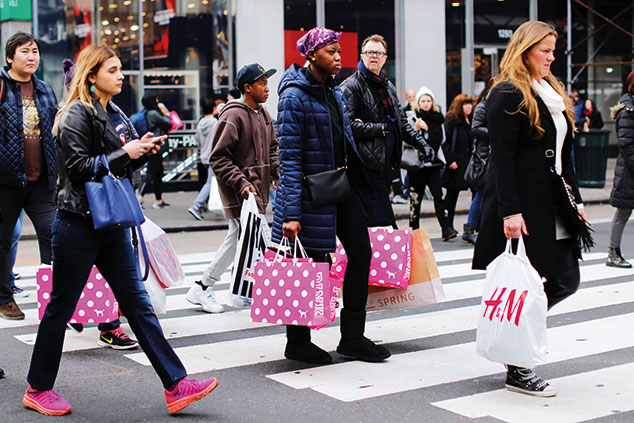
“The Great Depression fundamentally changed attitudes about spending and saving,” Stephanie Pomboy of MacroMavens told Barron’s. “So did the Great Recession of 2008.” During the 2000s, US households were notorious for going shopping with money they didn’t have.
Then the crisis arrived, and they got a nasty shock. Household debt, having reached almost 100% of GDP, slipped back to below 80% in 2015 as consumers finally deleveraged. And in recent years they haven’t been splurging the way they used to. The household debt-to-GDP ratio has remained stable. And if you look closely at consumer spending, you realise that they aren’t buying things they want, but things they need. “They are spending more on food, energy, health care, housing, all the nondiscretionary stuff, and relying on credit and ‘dis-saving’ to pay for it,” according to Pomboy.
Food and energy spending comprised 30% of the overall increase in consumption in the six months to March 2018, up from 11% in the two years before that period. It looks as though consumers have worked through the pile of savings they rebuilt after the crisis. Savings rose from $440bn to $1.4trn; now we’re back to $400bn. They will be inclined to rebuild their savings, especially as the money they will receive from the tax cut, around $80bn, will be cancelled out by rising debt-service costs (about $75bn a year). This caution will make firms loath to invest and hire, tempering wage growth.
The upshot is that consumers are both more cautious and more stretched than many investors realise. With household spending accounting for 70% of GDP, and earnings estimates very generous, equity investors counting on strong consumption may have to rein in their expectations.